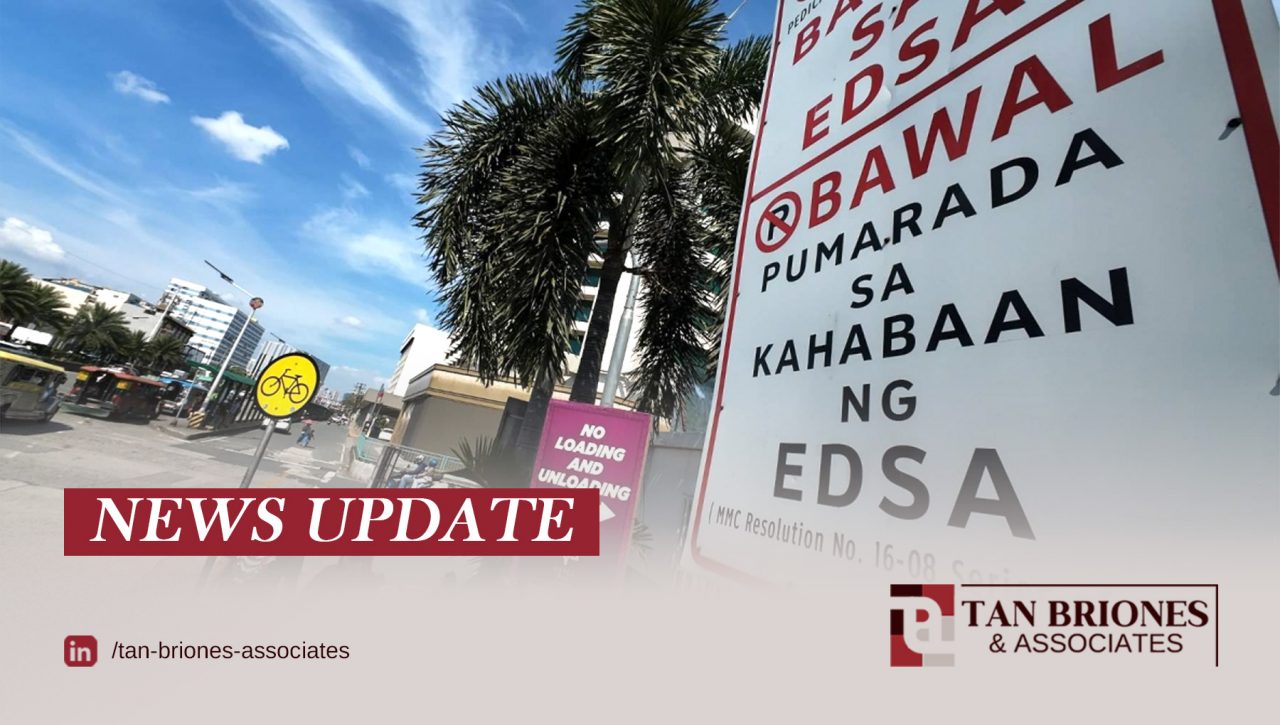
Street parking on major roads in Metro Manila will be prohibited under a new regulation aimed at easing traffic congestion, with restrictions covering national primary roads and limiting parking on national secondary roads during rush hours.
The Metro Manila Council (MMC) on September 16 approved MMDA Regulation No. 25-001, or the “Harmonizing Public Street Parking in Metro Manila and for Other Purposes,” which designates thoroughfares where parking is prohibited and requires local governments to align their ordinances with the policy.
“We acknowledge that illegal parking in public streets in Metro Manila is a major cause of traffic congestion, traffic-related incidents, hindrance to delivery of emergency and essential services, and revenue losses for business,” MMDA Chairperson Romando Artes said.
“Regulating public street parking will promote general welfare and maintain peace and order among residents of Metro Manila,” he added.
Under the regulation, parking is strictly prohibited along major circumferential and radial roads, including EDSA, Roxas Boulevard, España Boulevard, Katipunan Avenue, Marcos Highway, Shaw Boulevard, Alabang-Zapote Road, and other key thoroughfares.
Parking on national secondary roads may be allowed by local governments through ordinances, except during peak hours from 7 a.m. to 10 a.m. and 5 p.m. to 8 p.m.
Terminals for public utility vehicles are also banned on national roads, with local governments tasked to designate alternative terminal sites within their jurisdictions.
Violations will be penalized under the Metro Manila Traffic Code of 2023, to be enforced by the newly formed Swift Traffic Action Group using body-worn cameras.
Meanwhile, emergency vehicles responding to incidents, stalled vehicles, and other authorized units are excluded from the ban.
MMC President and San Juan City Mayor Francis Zamora noted that local governments retain discretion under the regulation.
“LGUs will determine what roads where parking will be allowed which have less foot traffic and won’t cause obstruction to traffic, especially emergency vehicles,” he said.
According to the MMDA, the regulation is set to take effect before the Christmas season, when traffic volume in Metro Manila traditionally intensifies.
Follow Tan Briones & Associates on LinkedIn for more legal updates and law-related articles.

